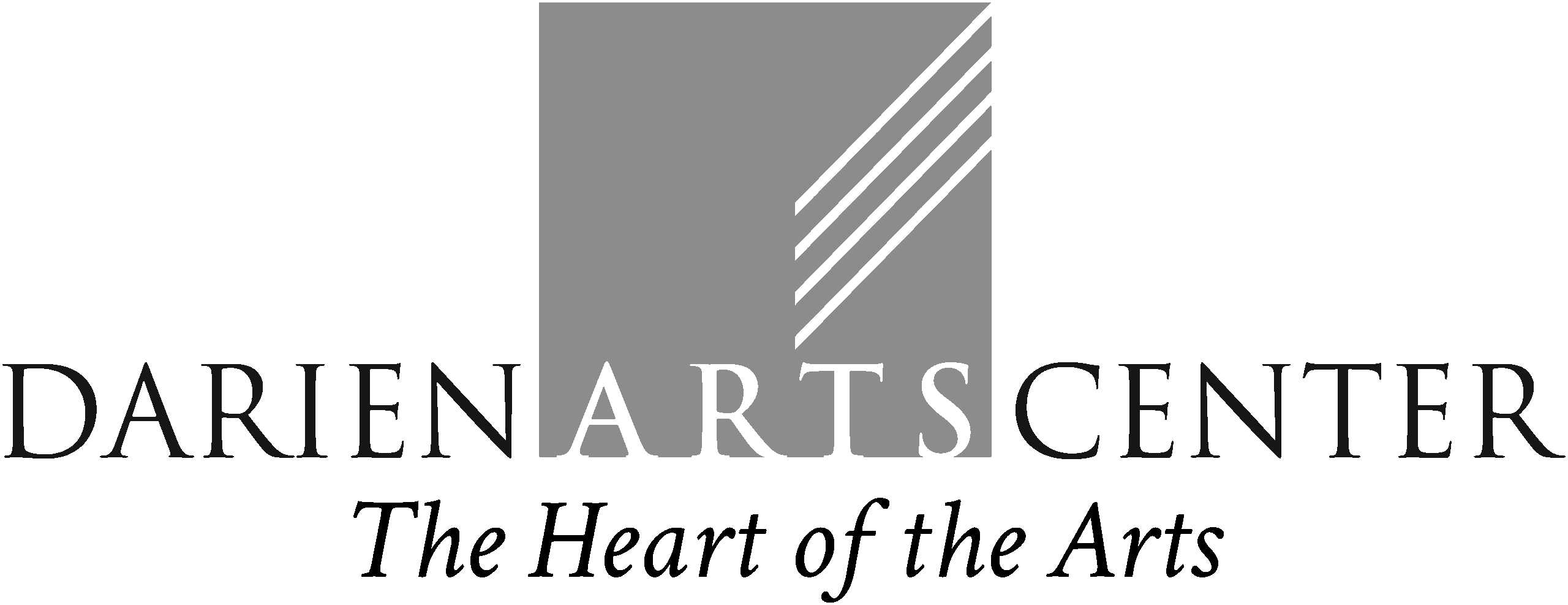Sound impacts how we feel. Think of the instant effect music has on your emotions. Just as a song, concert, opera, or instrument has power to impact you, so too do meditative sounds. As a sound bath participant and practitioner, I know the powerful effects of sound on the body. I have experienced first hand how it can calm the mind, reduce stress, and decrease anxiety. My clients have also shared their experiences, which range from deep relaxation and restfulness to rejuvenation, clarity, and better sleep. In essence, sound baths are a form of sound healing.
What Is Sound Healing
Sound healing is based on the concept that everything that moves vibrates making some form of sound and frequency. The natural state of vibration, where all the cells in the body vibrate in harmony, is called resonance. An action referred to as entrainment can set that resonance off kilter. Entrainment is the way the vibrations of one object affect the vibrations of another, and it can impact the body in positive and negative ways. Sound therapy is one way to use entrainment to bring your body back into balance by recalibrating its vibrations. Using sound, we can change the rhythms of the brain, heart, and respiratory system.
The Origins of Sound Healing
The strong connection between sound and therapy dates back thousands of years. The Tibetans have used singing bowls, Aboriginals the didgeridoos, and the Japanese the rin gong. The ancient Greeks also used sound vibrations as a form of healing. While the use of sound by these groups may not have originally been rooted in research, science now supports its powerful effect on the body and mind.
Modern Research on the Power of Sound
There is ample research on the therapeutic effects of music. It has been found that lingering tones slow heart rate and breathing and that longer, higher frequencies stimulate the parasympathetic nervous system, a network that helps run involuntary bodily functions. More dissonant sounds can bring up more intense feelings, evoking a cathartic experience.
Sound Baths Are a Form of Sound Therapy and Meditation
The health benefits of meditation are indisputable, with countless studies supporting the connection. A sound bath is a form of guided meditation. During a sound bath session, the body is immersed in beats and vibrations, which can provide healing effects on their own, as well as help participants enter a meditative state or more easily find a deeper one to induce them as well.
A 2016 observational study on the effects of singing bowl sound meditation, found that a sound bath significantly decreased tension, anxiety, fatigue, and depressed mood, and that a feeling of spiritual well-being increased significantly among all participants.
Another study found that sound baths can impact the nervous system. Analyzing the physiological and psychological effects of adding a Himalayan singing bowl to a directed relaxation session, researchers found that blood pressure and heart rate were reduced by the sound exposure.
One of the sounds that may be produced during a sound bath is called a binaural beat, which is the brain’s response to hearing two different tones with slightly different frequencies at the same time. The brain interprets the two sounds as one beat, giving it an entirely new frequency. Studies have found binaural beats can produce physical benefits, including reducing anxiety. Binaural beats can also help you hear a frequency associated with a specific brain wave to induce a certain response, for example relaxation, deeper sleep, or problem solving.
















